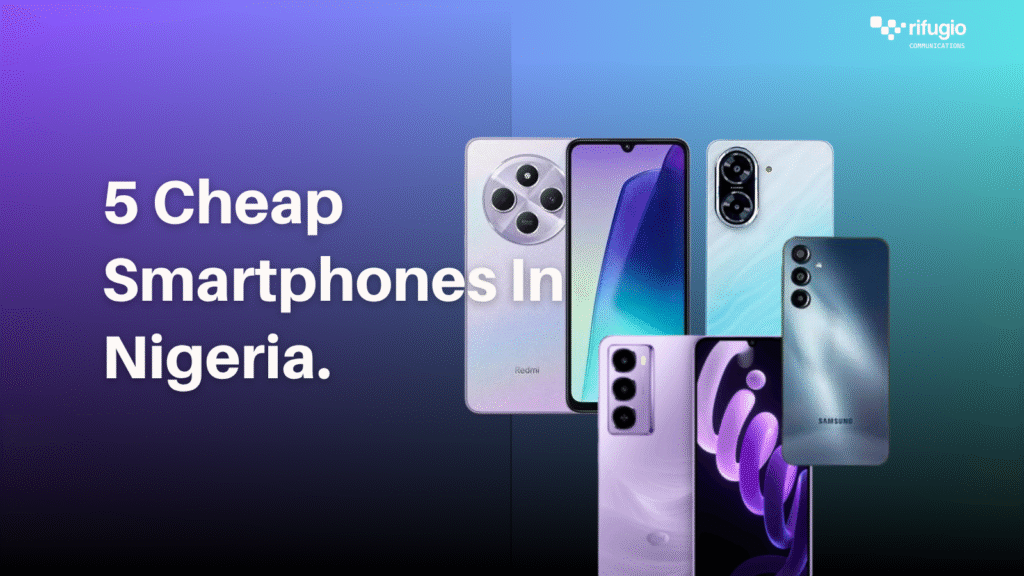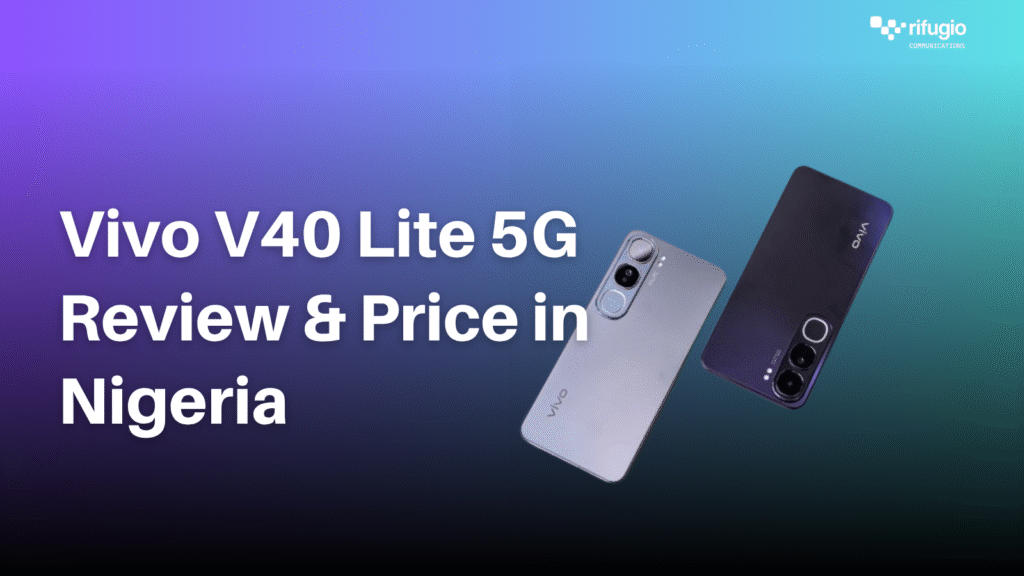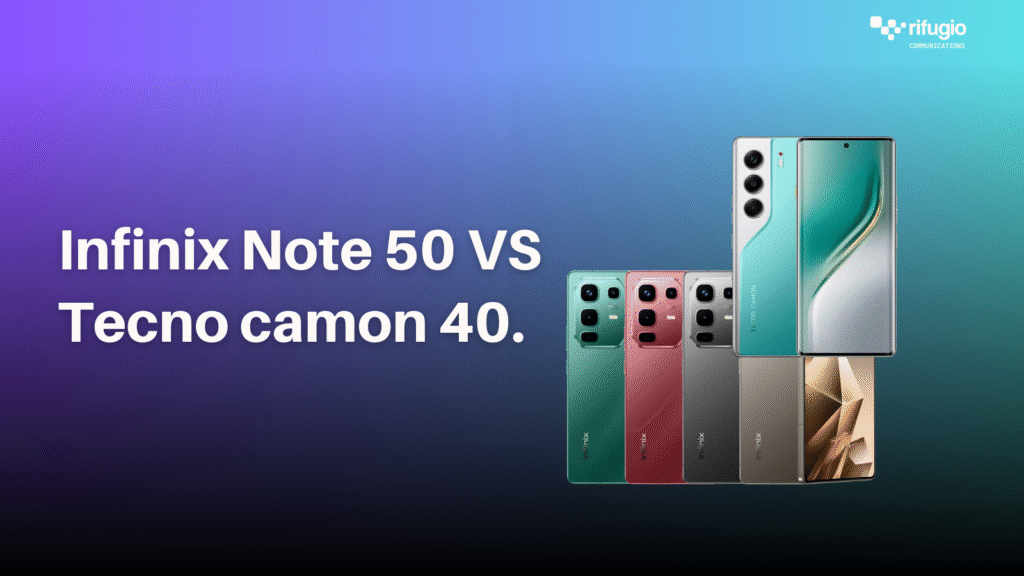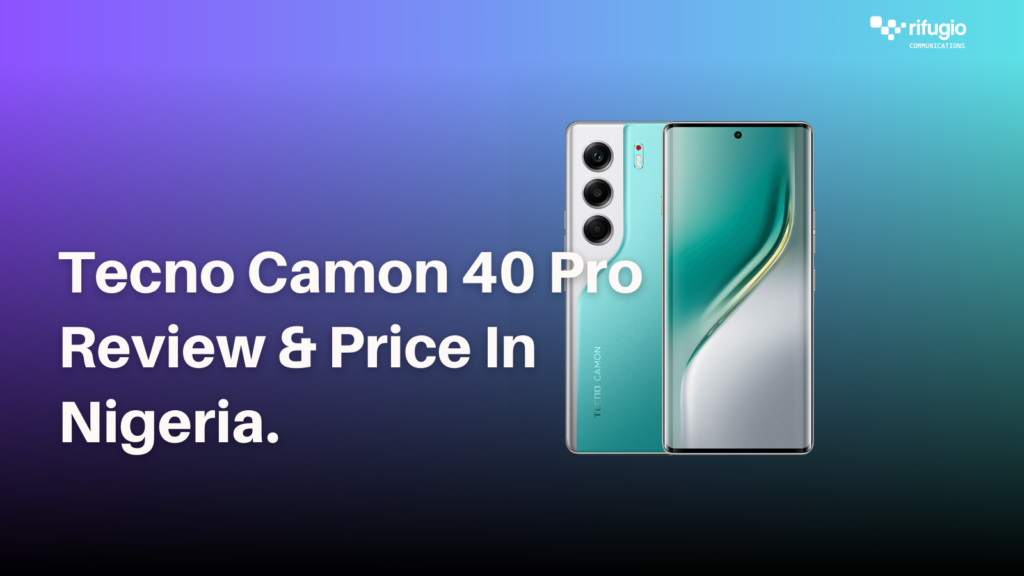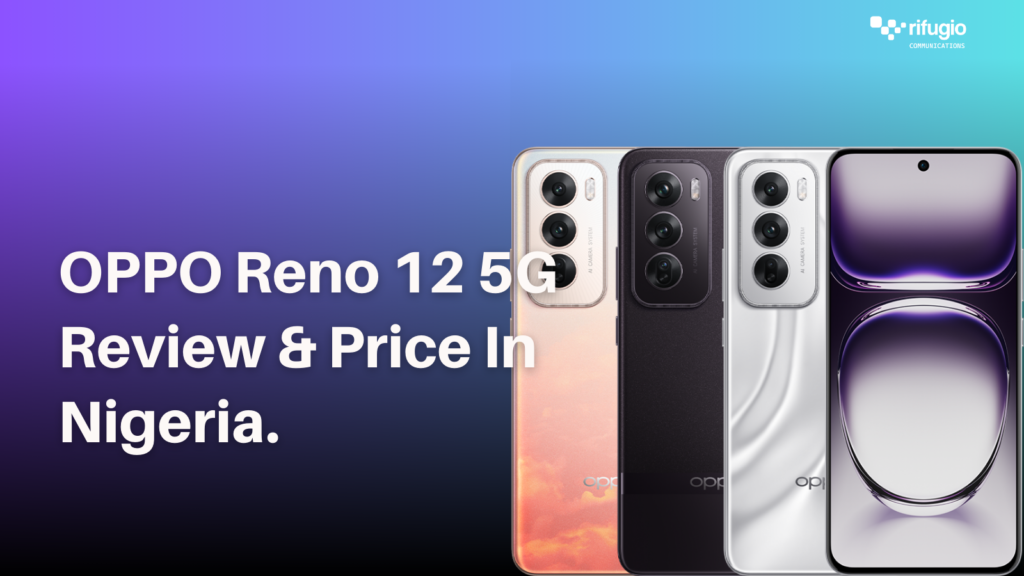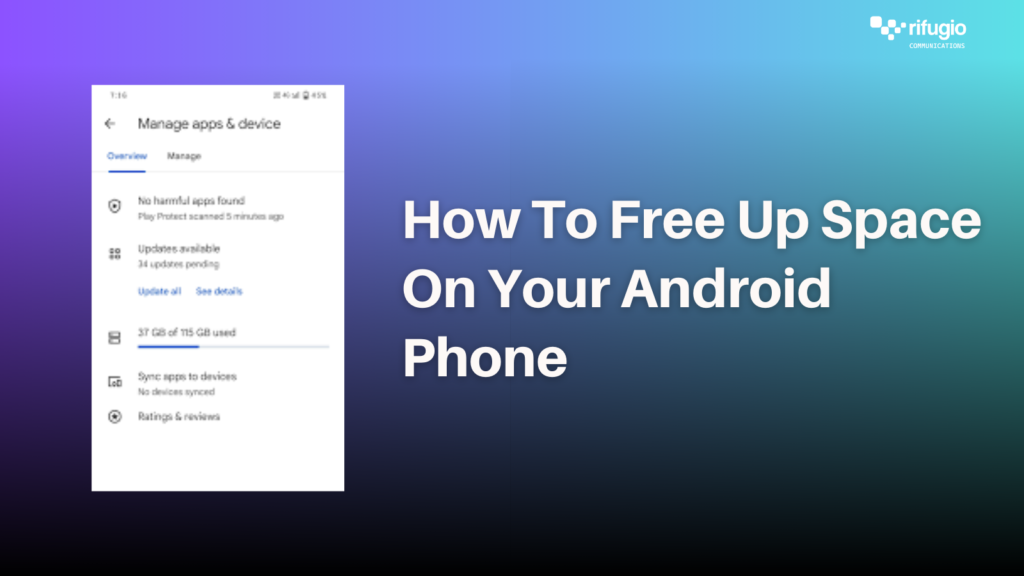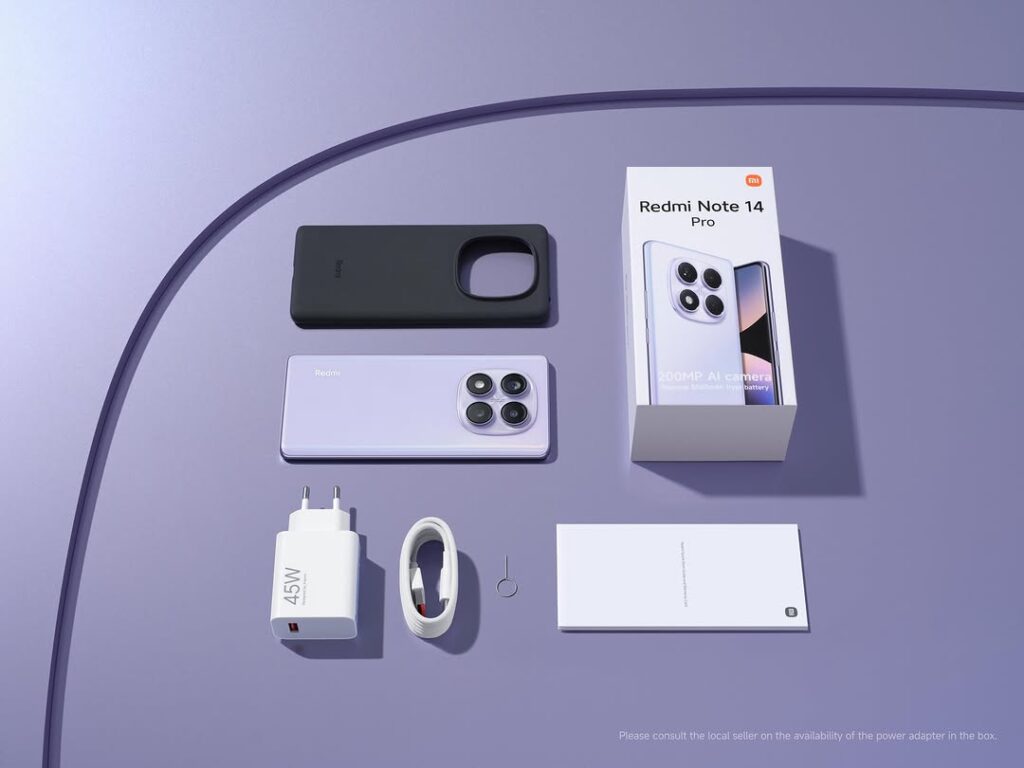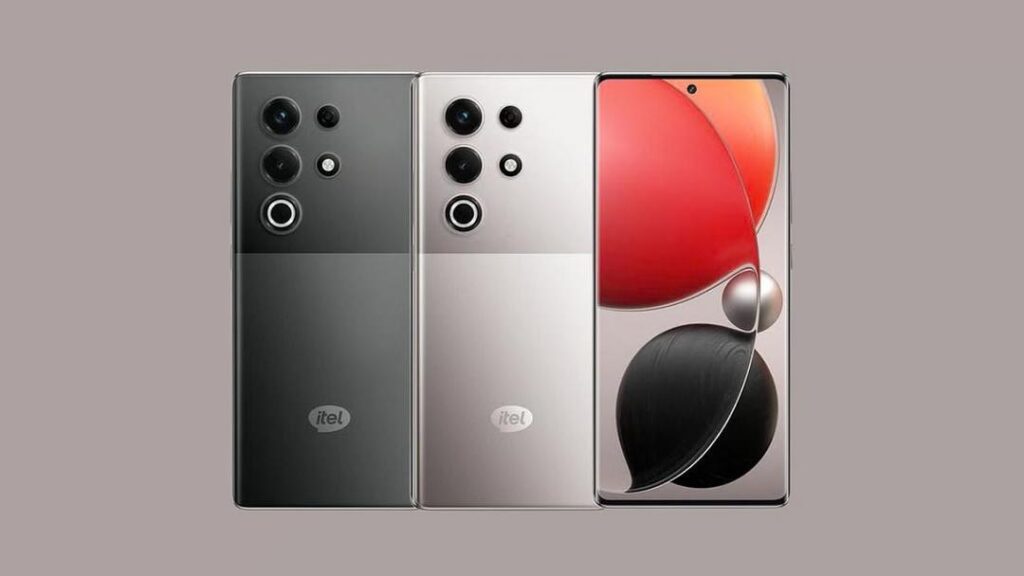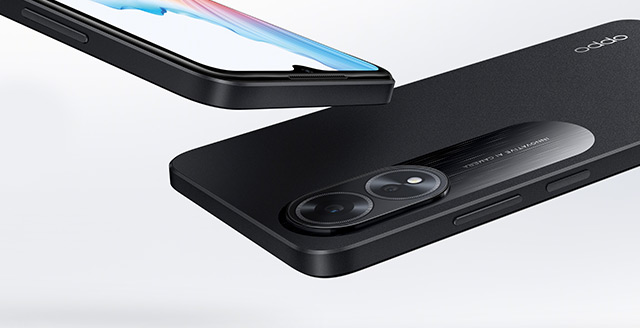Redmi Note 14 5G vs Samsung Galaxy A16 5G: Which Budget 5G Phone is Better in 2025?
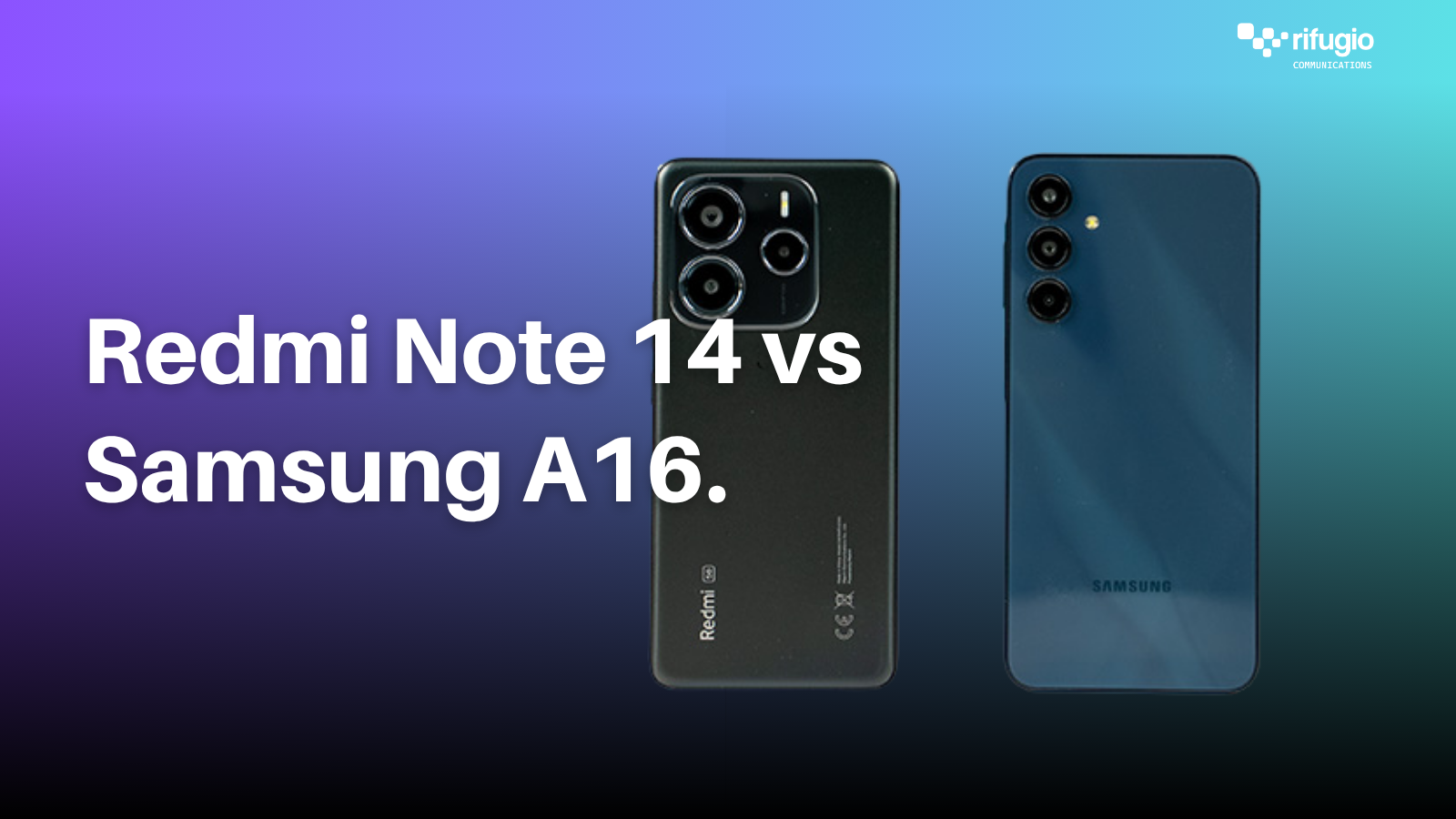
The competition in the budget 5G phone segment is heating up. Last year, the Samsung Galaxy A15 5G stood out as a reliable option under ₦300,000. Now, its successor—the Galaxy A16 5G—enters the market with a familiar design and software edge. But Xiaomi’s Redmi Note 14 5G has arrived to shake things up, offering more power and features at a competitive price. If you’re looking for a solid smartphone under ₦300k in Nigeria, here’s how these two contenders stack up.
Design and Build
Both phones are built with plastic materials, but they differ in finish and feel. The Samsung Galaxy A16 5G has a clean, minimal look inspired by the flagship S-series. It’s slim and neat, but still uses a U-shaped notch that feels dated in 2025. The Redmi Note 14 5G, on the other hand, opts for a modern hole-punch design and flat frames with slightly curved edges for a more comfortable grip. It also comes with an IP64 rating for better dust and water resistance, compared to the IP54 on the A16.
Display and Audio
When it comes to displays, both phones offer 6.6-inch FHD+ AMOLED screens with rich, vibrant colors. But the similarities end there. The Redmi Note 14 supports a smoother 120Hz refresh rate, while the Galaxy A16 sticks to 90Hz. For everyday use—scrolling, app switching, gaming—the difference is noticeable. The Note 14 also has slimmer bezels and HDR playback support for YouTube and Netflix, making it a better choice for entertainment.
Audio is another win for Redmi. It has dual stereo speakers with Dolby Atmos support, while Samsung only includes a single speaker. If sound quality matters to you, this may tip the scale.
Performance and Software
The Redmi Note 14 5G runs on the MediaTek Dimensity 7025 Ultra, featuring newer CPU cores and a slightly higher clock speed than the Dimensity 6300 in the Galaxy A16. In benchmarks, Redmi pulls ahead, but in everyday tasks and gaming, both phones offer similar results. However, with Redmi’s base model starting at 8GB RAM and 256GB storage, it has better multitasking capabilities. Samsung starts at 6GB RAM, which may feel limiting over time.
Software-wise, Samsung takes the lead with One UI 6.1 based on Android 14. It offers a clean, user-friendly experience with fewer pre-installed apps. Plus, Samsung promises six years of OS and security updates—a major selling point. Redmi’s HyperOS, though feature-packed, still includes some bloatware and only offers two years of major updates.
Camera Comparison
Redmi steps ahead with a 108MP main sensor, 8MP ultrawide, and a 2MP macro lens. The Samsung A16 5G includes a 50MP primary camera, 5MP ultrawide, and 2MP macro. In daylight shots, both phones perform well, but Redmi delivers more detail and natural skin tones in selfies. Samsung does slightly better in portrait shots, but its front camera often struggles with detail and dynamic range.
Video recording is limited to 1080p @30fps on both devices. While both offer stabilization, Redmi handles movement slightly better.
Battery and Charging
Battery life is solid across the board. The Redmi Note 14 5G packs a 5,110mAh battery while the Galaxy A16 includes a 5,000mAh unit. However, Redmi clearly wins in charging speed—supporting 45W fast charging that fills up in just over an hour. Samsung maxes out at 25W, taking around 1 hour and 30 minutes to charge fully.
Additionally, the Note 14 includes extra features like a 3.5mm headphone jack and IR blaster, which are missing on the A16 5G.
Pricing in Nigeria
In terms of value, the Redmi Note 14 5G offers more at a better price. Its 8GB/256GB variant is priced at ₦283,800, while Samsung’s 8GB/256GB option costs ₦304,000. Even the 8GB/128GB version of Redmi is more affordable at ₦264,800. Samsung’s entry-level 4GB/128GB model starts at ₦253,000, but the lower RAM makes it a less future-proof choice.
Verdict: Which Should You Buy?
If you want a smoother display, better multimedia experience, faster charging, and more RAM for your money, the Redmi Note 14 5G is the smarter pick. But if software experience and long-term updates are your top priorities, the Samsung Galaxy A16 5G is a reliable alternative. Either way, both phones bring serious value to the budget 5G segment in Nigeria.
| Specification | Redmi Note 14 5G | Samsung Galaxy A16 5G |
| Build & Design | Plastic build, flat frame with slight curves | Plastic build, minimal S-series-like design |
| IP Rating | IP64 | IP54 |
| Display | 6.6″ FHD+ AMOLED, 120Hz, Hole-punch | 6.6″ FHD+ AMOLED, 90Hz, U-notch |
| HDR Support | Yes (Netflix, YouTube HDR playback) | No |
| Speakers | Dual stereo speakers (Dolby Atmos) | Single speaker |
| Processor | MediaTek Dimensity 7025 Ultra (2x Cortex-A78 @2.5GHz) | MediaTek Dimensity 6300 (2x Cortex-A76 @2.4GHz) |
| RAM & Storage | 8GB/256GB, 12GB/512GB | 6GB/128GB, 8GB/128GB, 8GB/256GB |
| Software | HyperOS (Android 14), 2 years OS, 3 years security | One UI 6.1 (Android 14), 6 years of OS & security updates |
| Rear Camera | 108MP (OIS) + 8MP (UW) + 2MP (Macro) | 50MP (OIS) + 5MP (UW) + 2MP (Macro) |
| Selfie Camera | Better quality (More details, accurate skin tones) | Average (Oil-painted effect, less detail) |
| Video Recording | 1080p @30fps | 1080p @30fps |
| Battery | 5,110mAh | 5,000mAh |
| Charging Speed | 45W (1hr 2mins full charge) | 25W (1hr 30mins full charge) |
| 3.5mm Headphone Jack | Yes | No |
| IR Blaster (Remote Control) | Yes | No |

